本文由 BAM百安木 授权mooool发表,欢迎转发,禁止以mooool编辑版本转载。
Thanks BAM for authorizing the publication of the project on mooool, Text description provided by BAM.
百安木:与大多数公园不同的是,大兴公园延续到了周边所有建筑的入口。它没有与城市割裂开来,也没有被周边的道路隔离。它不是作为一个孤岛,而是直接从建筑处延伸出了一个公园。
BAM: Unlike most parks, Daxing Park touches the doorstep of the surrounding buildings. It is not severed from the city, nor isolated by a perimeter road. It does not sit as an island but extends as a park territory directly from the material of the architecture.
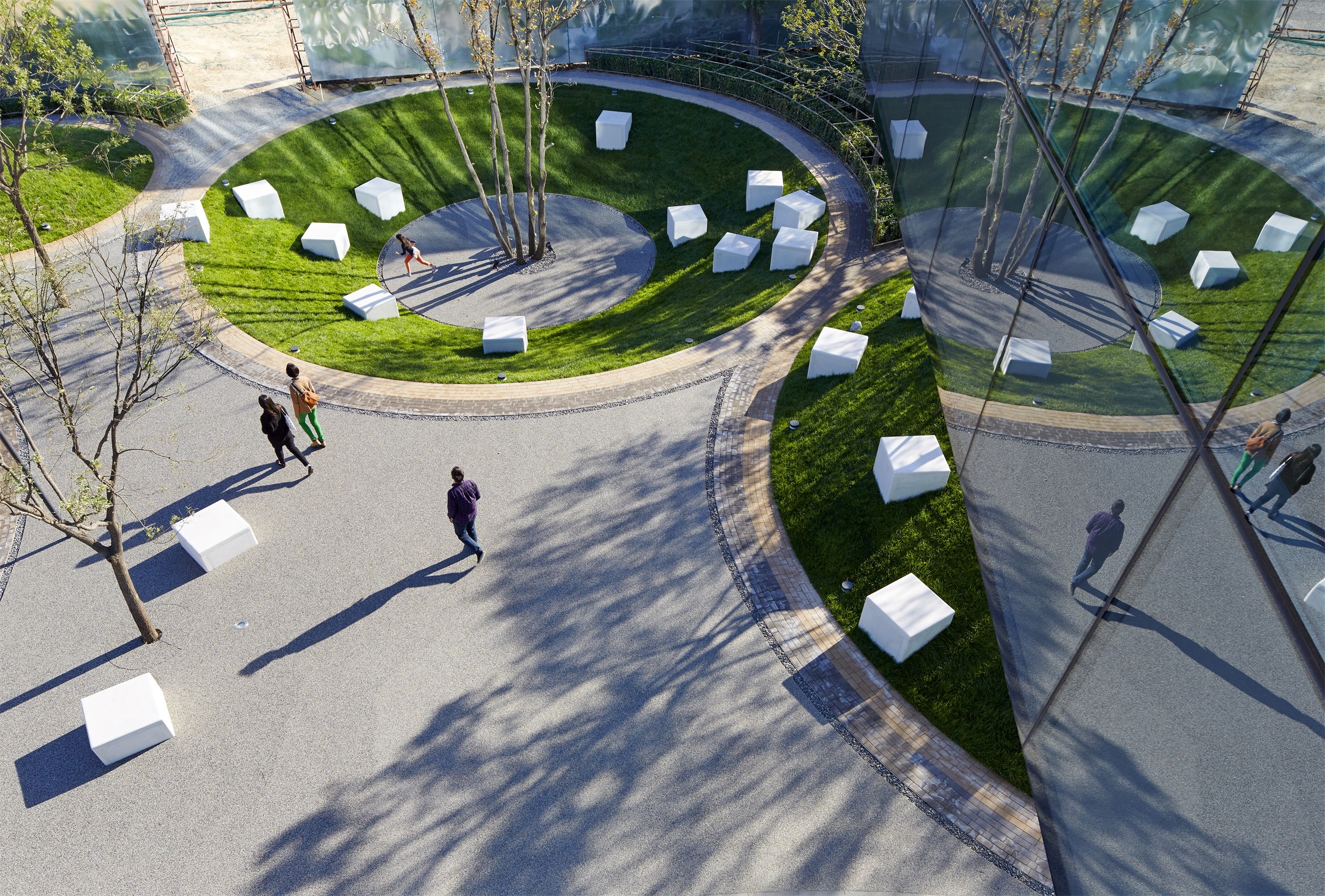
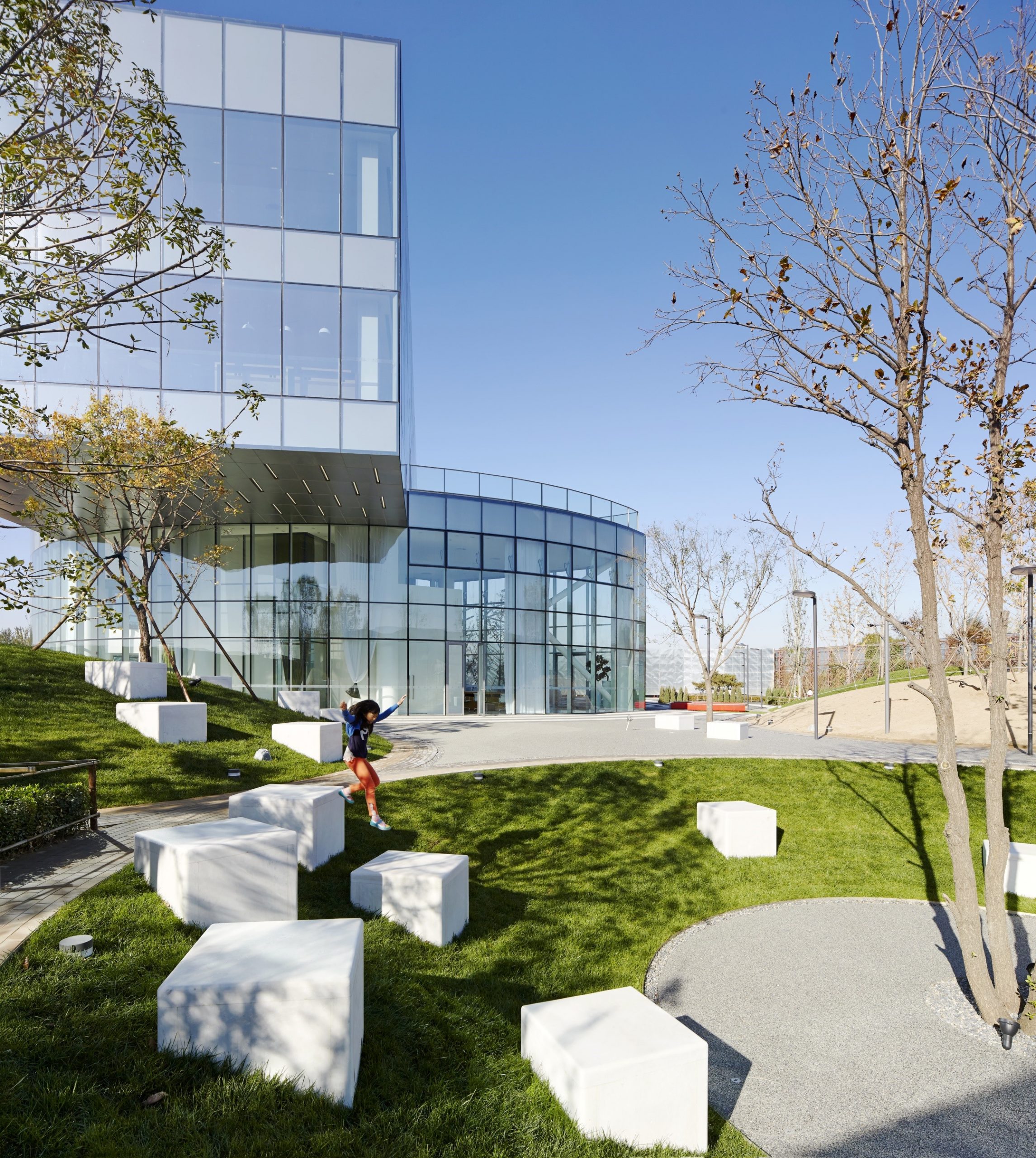
停车场、地铁站、餐厅、住宅和商业空间都直接嵌入到公园的结构中。在这种情况下,公园的设计不似大型的世界公园一样做广阔的种植区或者宏大的空间。相反,它要求散落的户外空间,一连串有趣的功能和可使用的公园空间,填补了建筑之间的这块空地。
The parking garage, subway station, restaurants, homes, and commercial spaces all plug directly into the fabric of the park. In this context, the design of the park does not call for the broadly planted zones or grand spaces of the larger world parks. Rather it calls for a scattering of outdoor rooms, a sequence of intensely programmed and useable park spaces that fill this territory between the architecture.

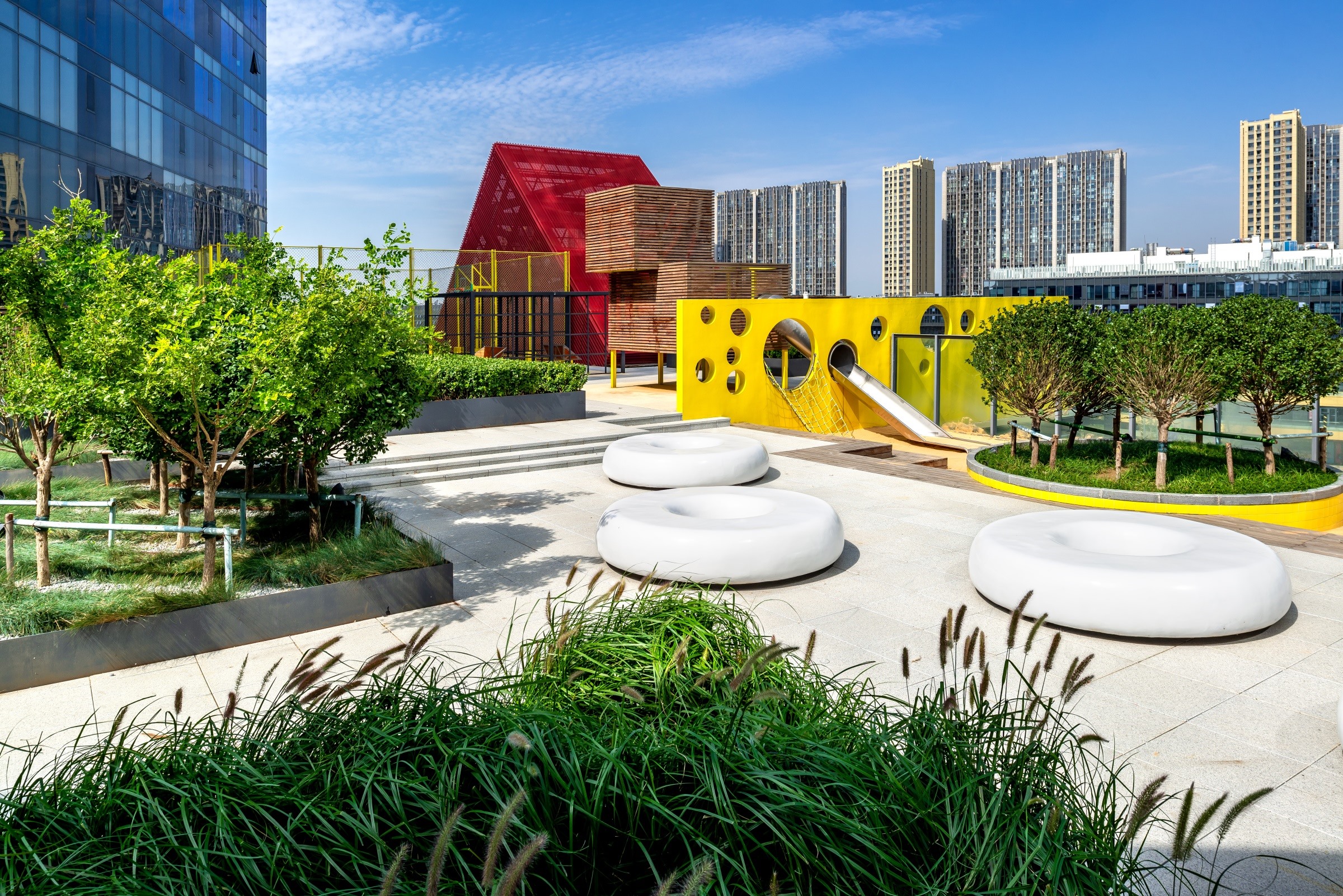
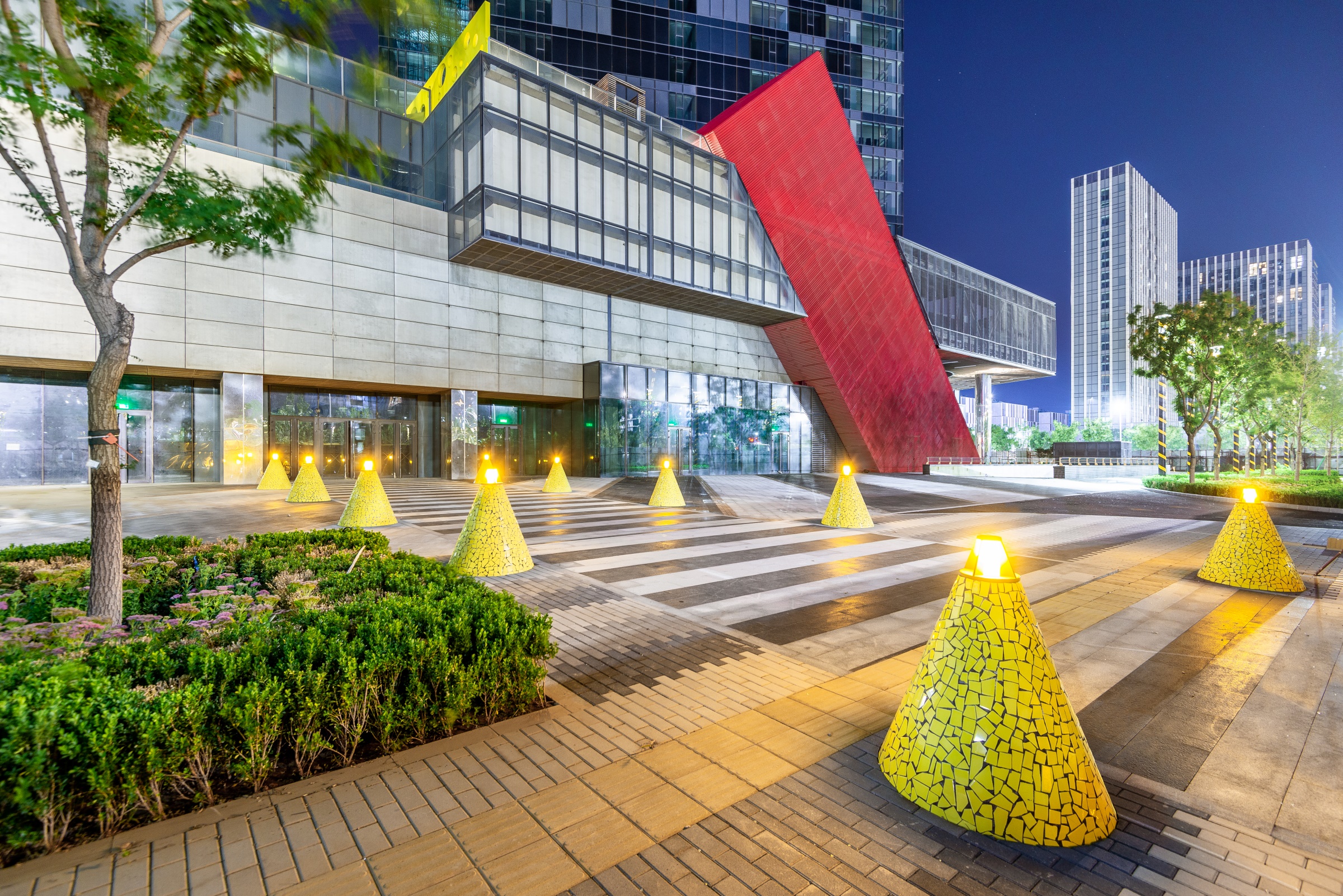
间歇的绿化空间发挥着重要的作用,浓密的树冠可以遮蔽阳光、植物可以吸收小路上和建筑中排出的径流水、储存和处理雨水用于灌溉公园及其他所有观赏性景观。但很显然,在为文化交流提供所需的人文环境里,这些功能是次要的。
The green interstitial spaces play an important role in providing tree canopies for shade, absorbing water run-off from paths and architecture, storing and treating stormwater for park irrigation, and all of the other benefits ornamental landscapes provide. But it is very clear that these functions are secondary to providing much needed human environments for cultural engagement.
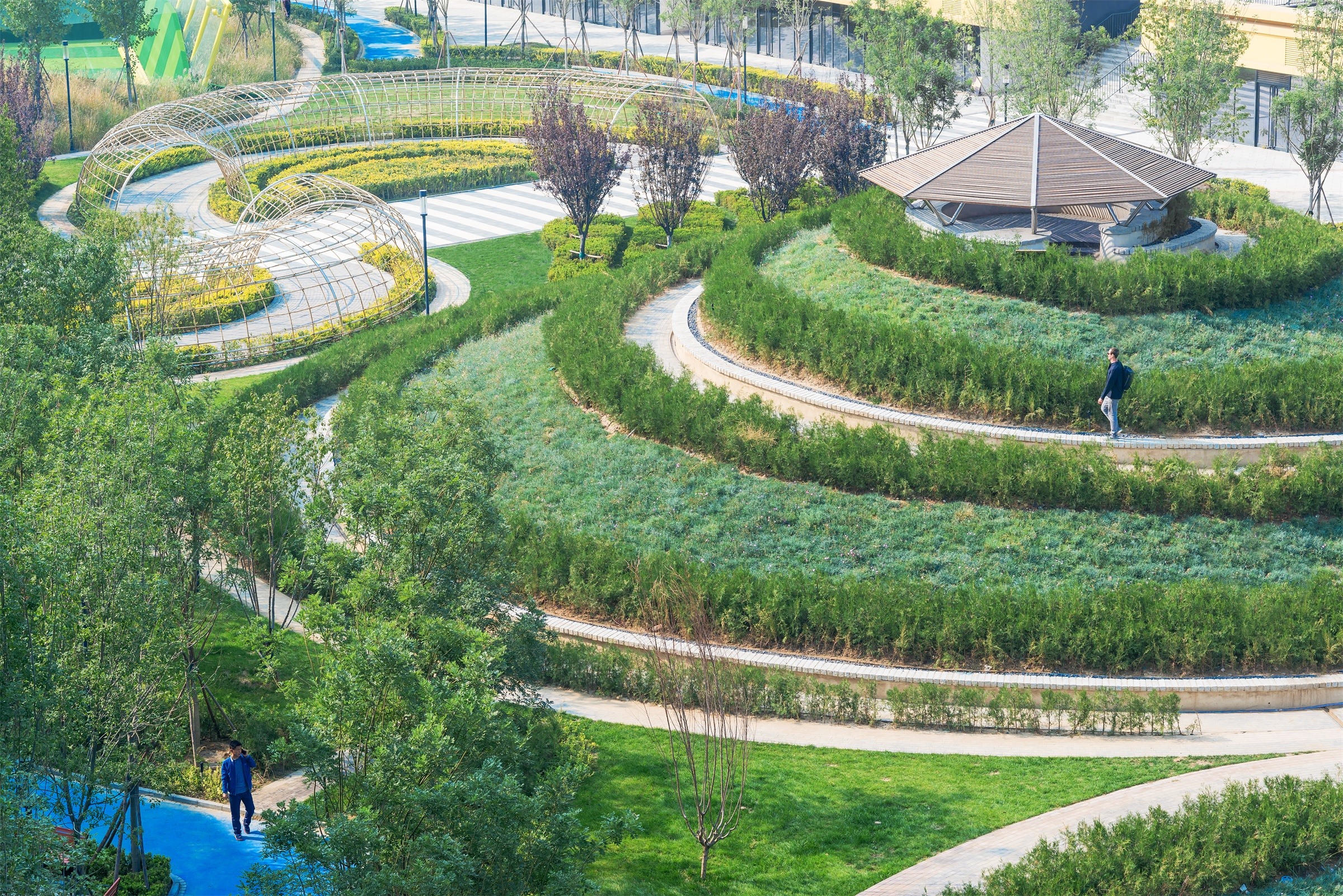
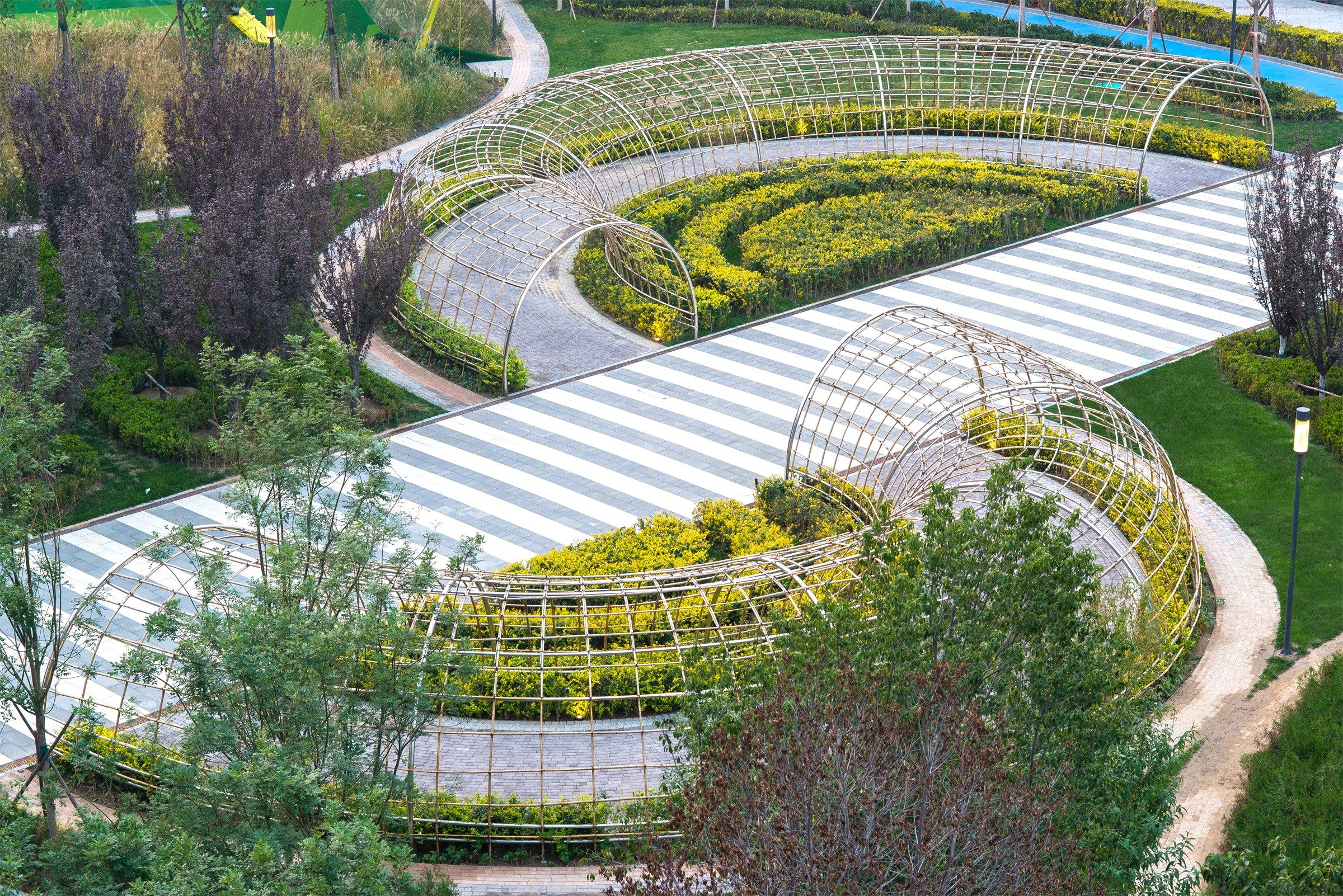
▼树影下的阶梯座椅 Step chairs under the shadow of trees
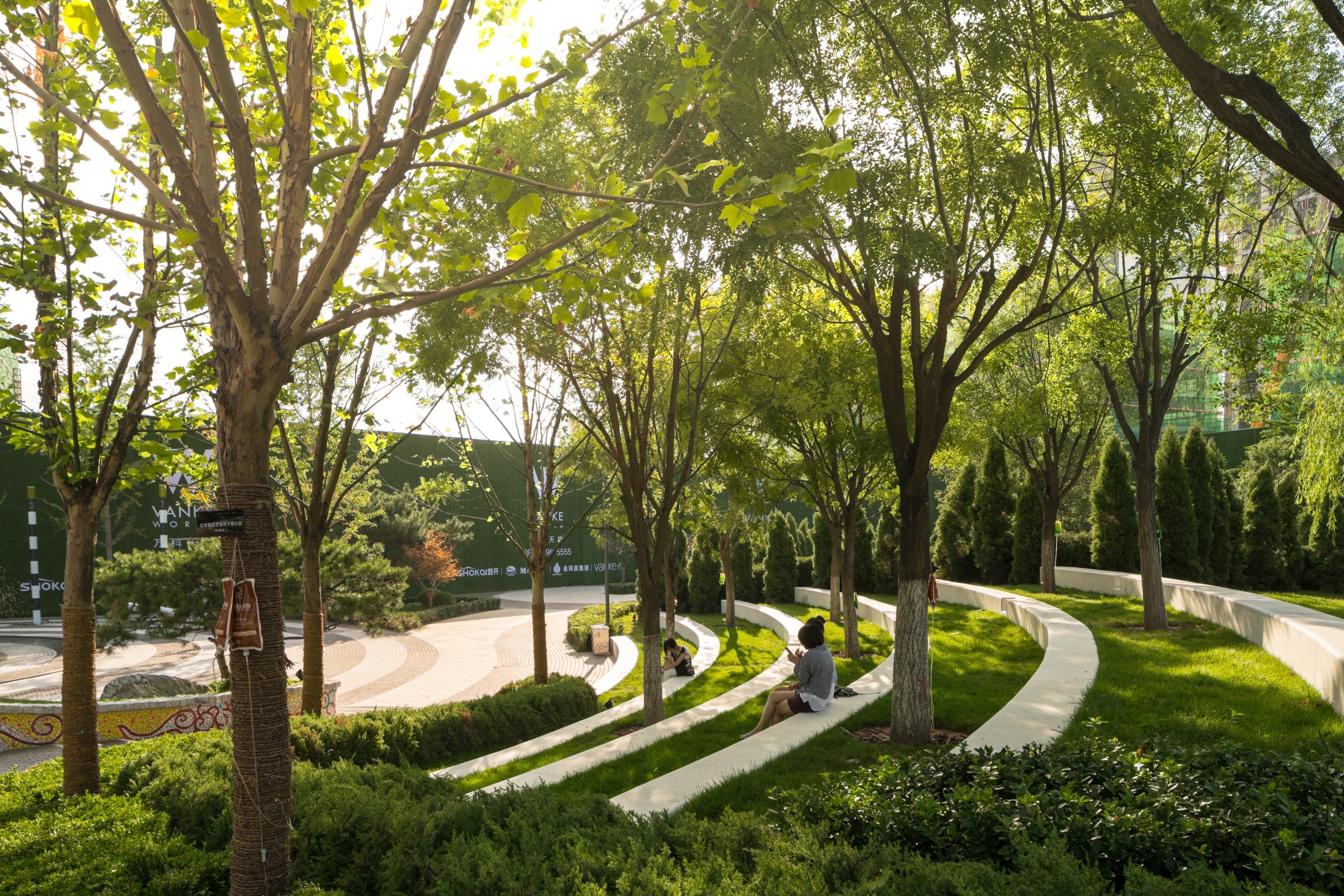
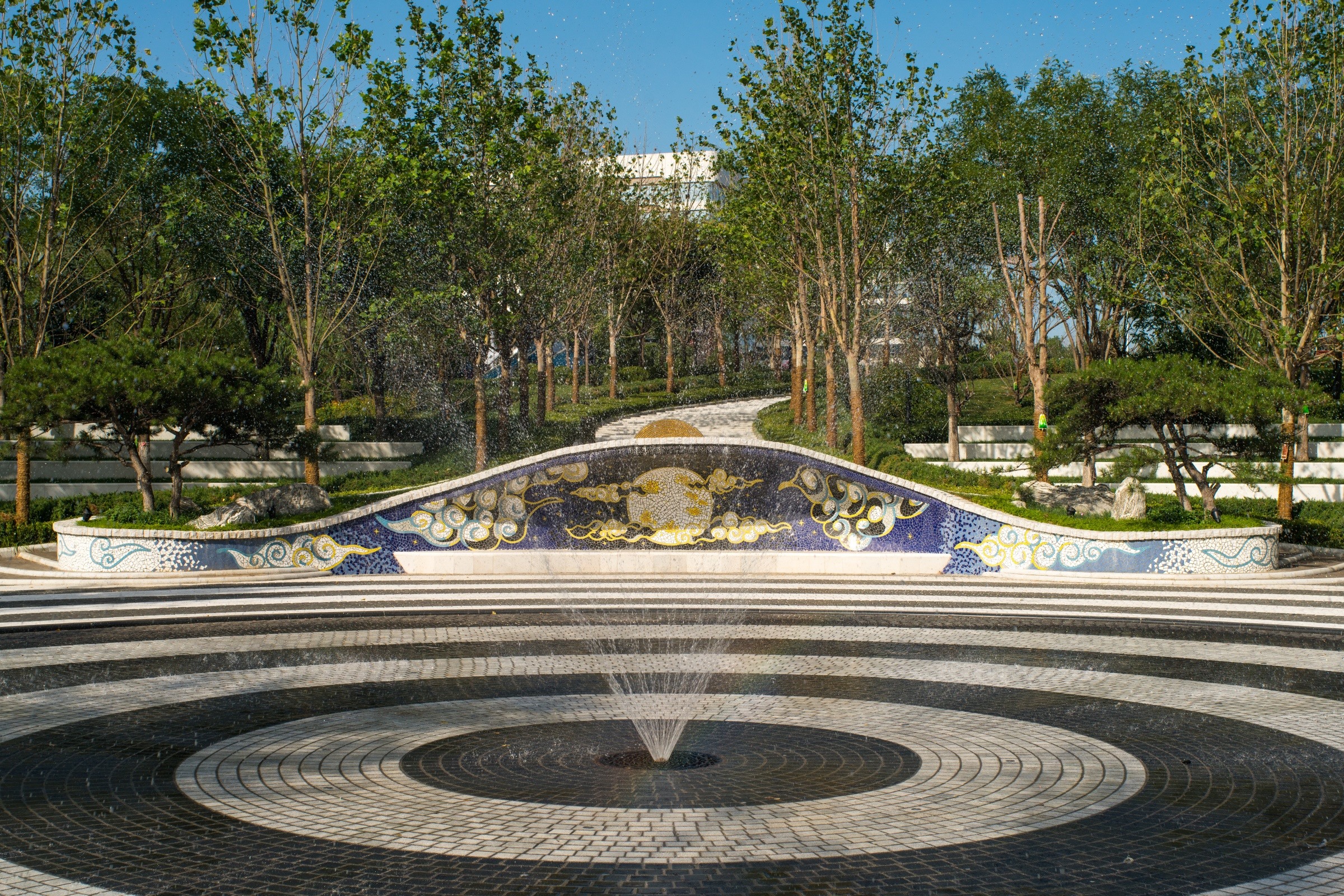
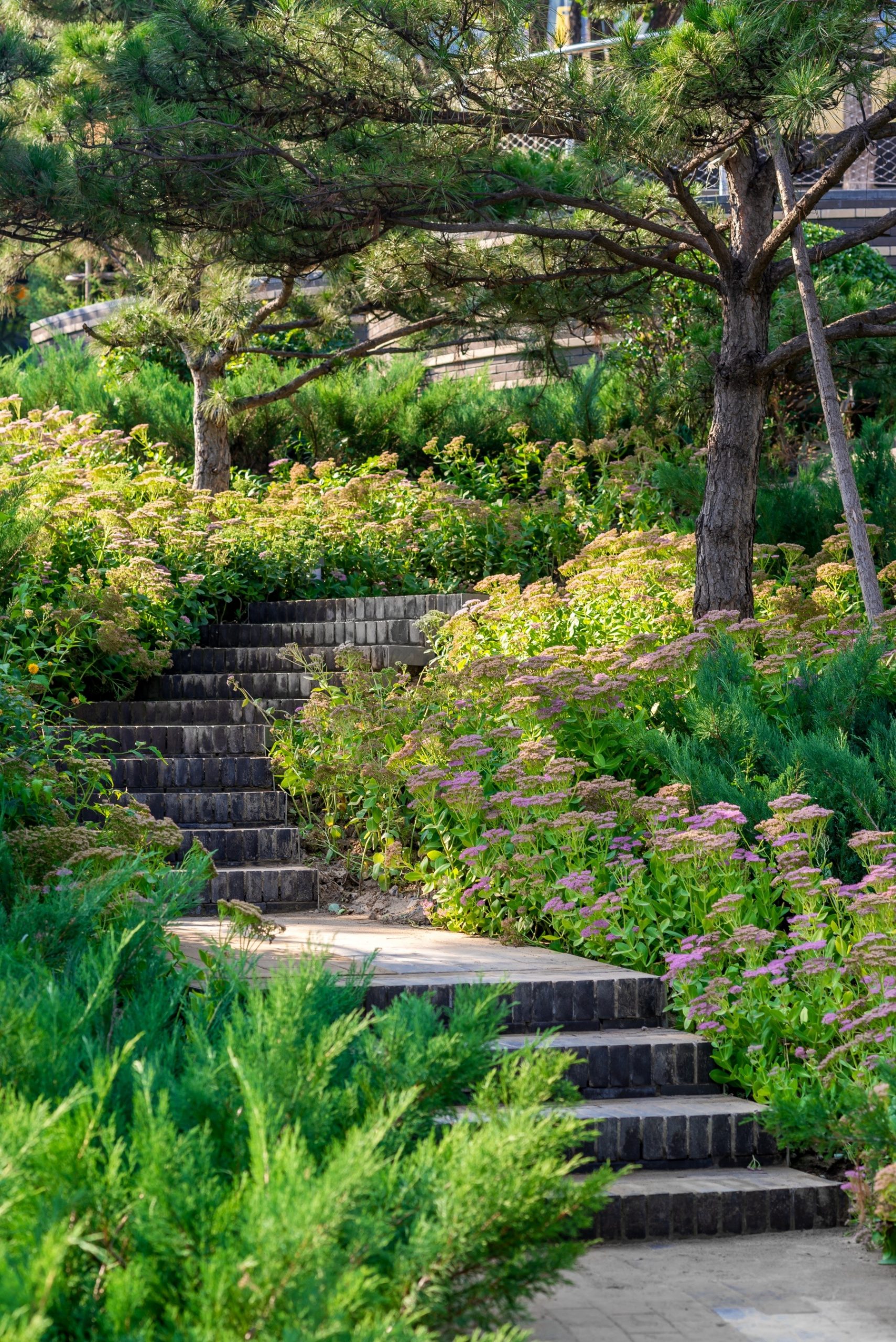
在私人开发商热衷于通过与公共利益合作来实现竞争优势的时代,大兴公园提出了公园类型问题。这些区域能成为真正的公共公园,还是会成为周边幸运居民主导的社区领地?大兴公园的案例表明,它拥有广泛的用户基础,也推广了一种更加公共的方式。
The Daxing Park prompts questions of the park typology in an era where private developers are keen to edge out competition by partnering with public interests. Can these zones become truly public parks, or will they become neighborhood territories dominated by the lucky residents surrounding them? The case of Daxing Park points to a wide user base promoting a more public approach.
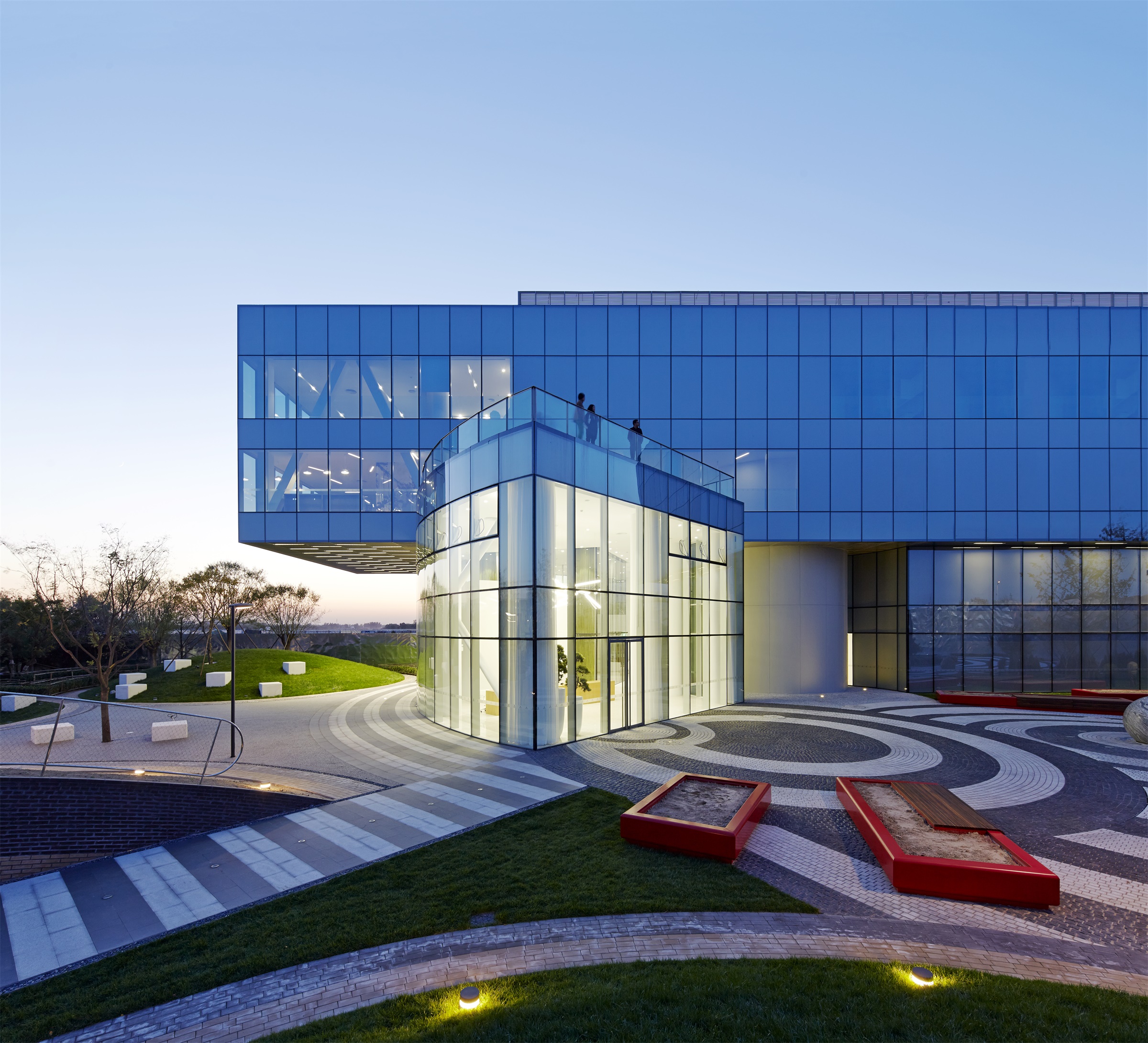
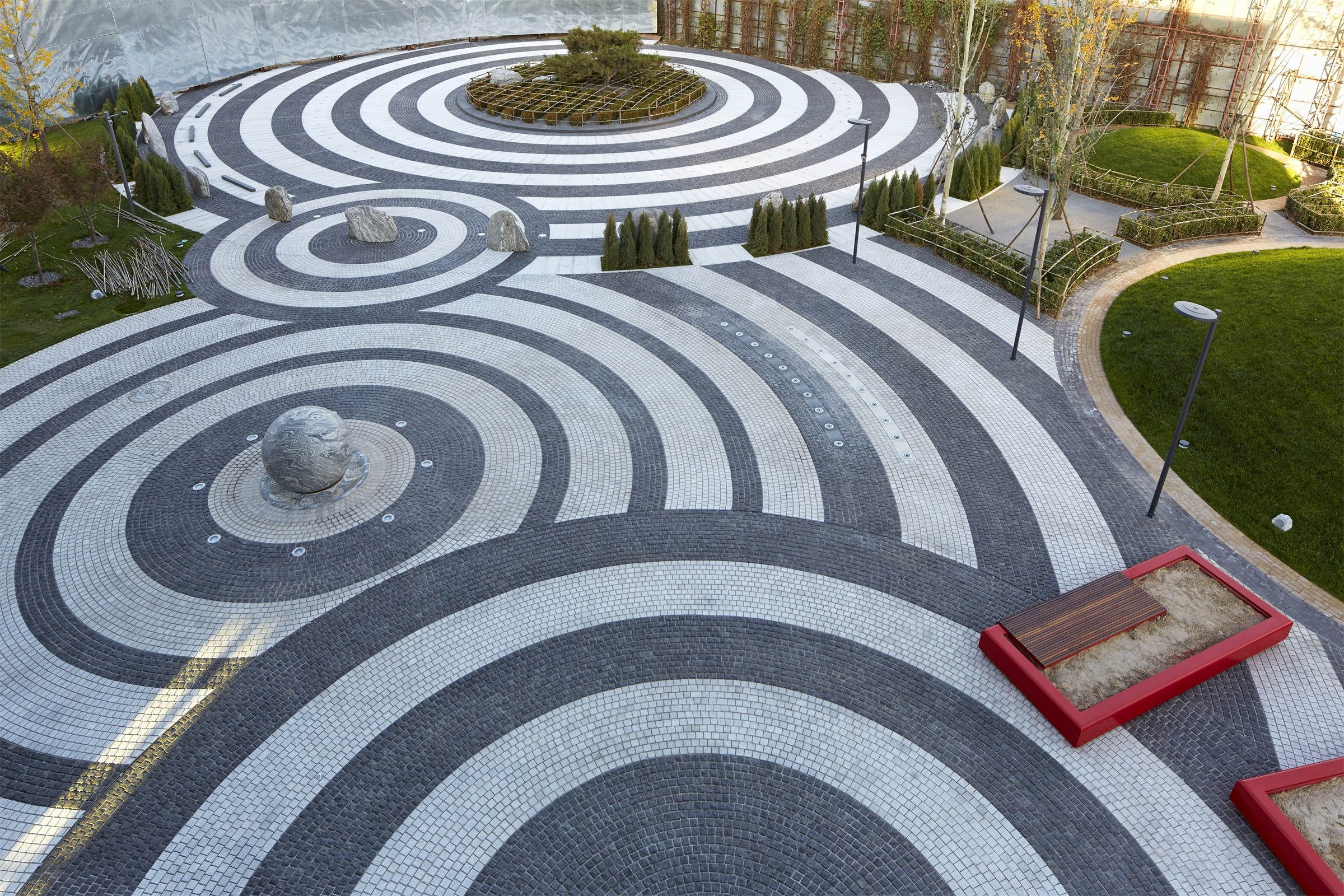
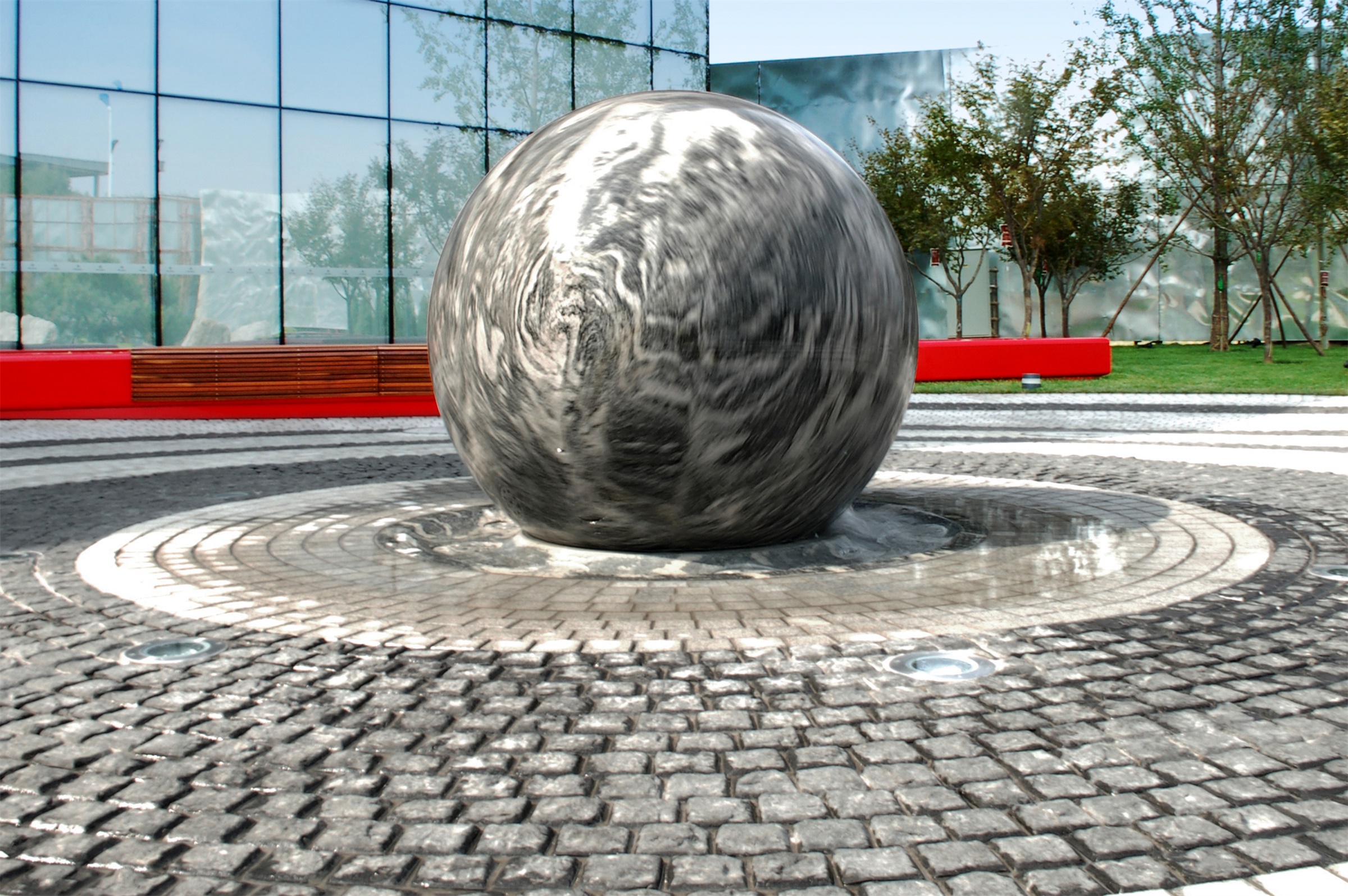
▼公园夜景 Night at the park
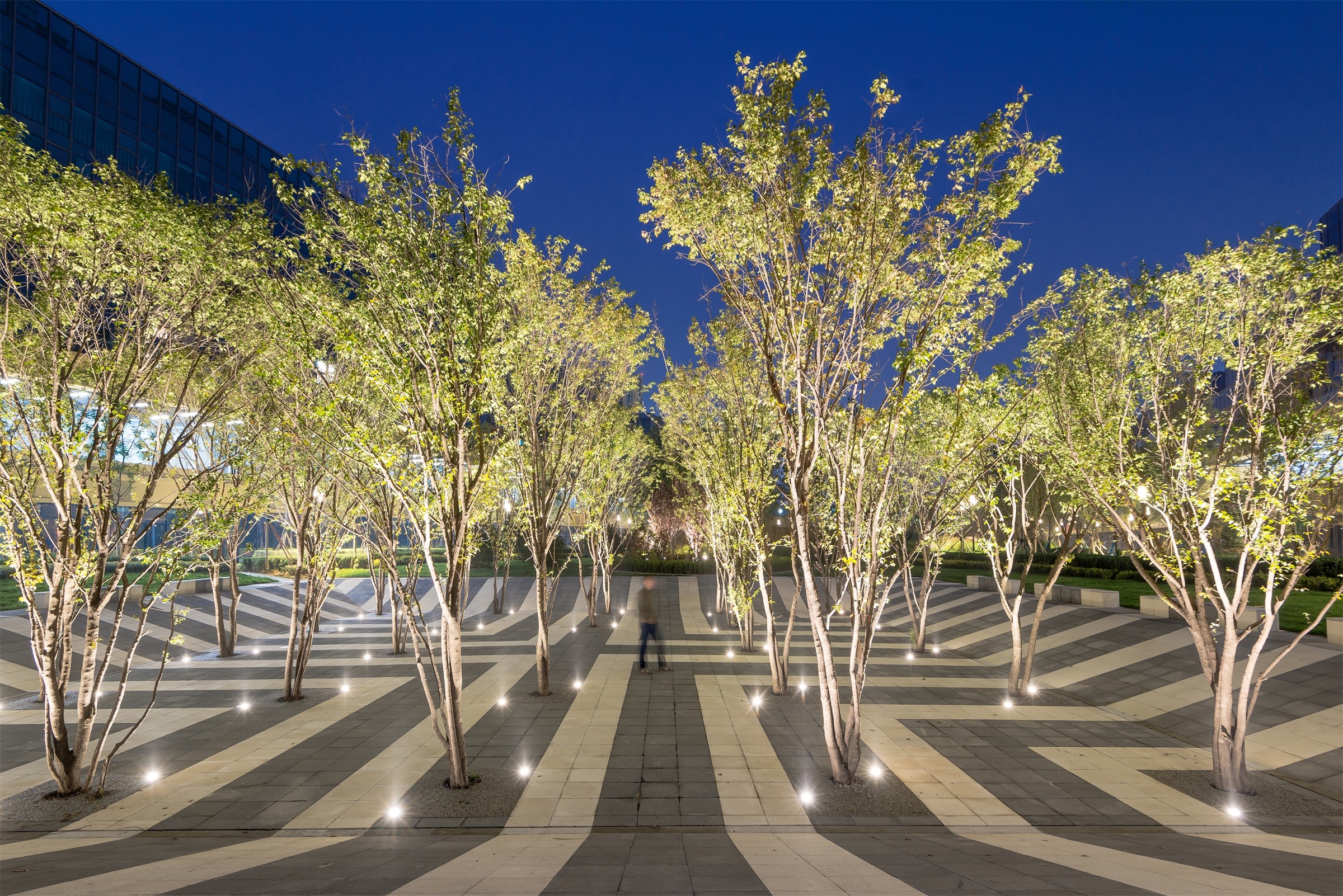
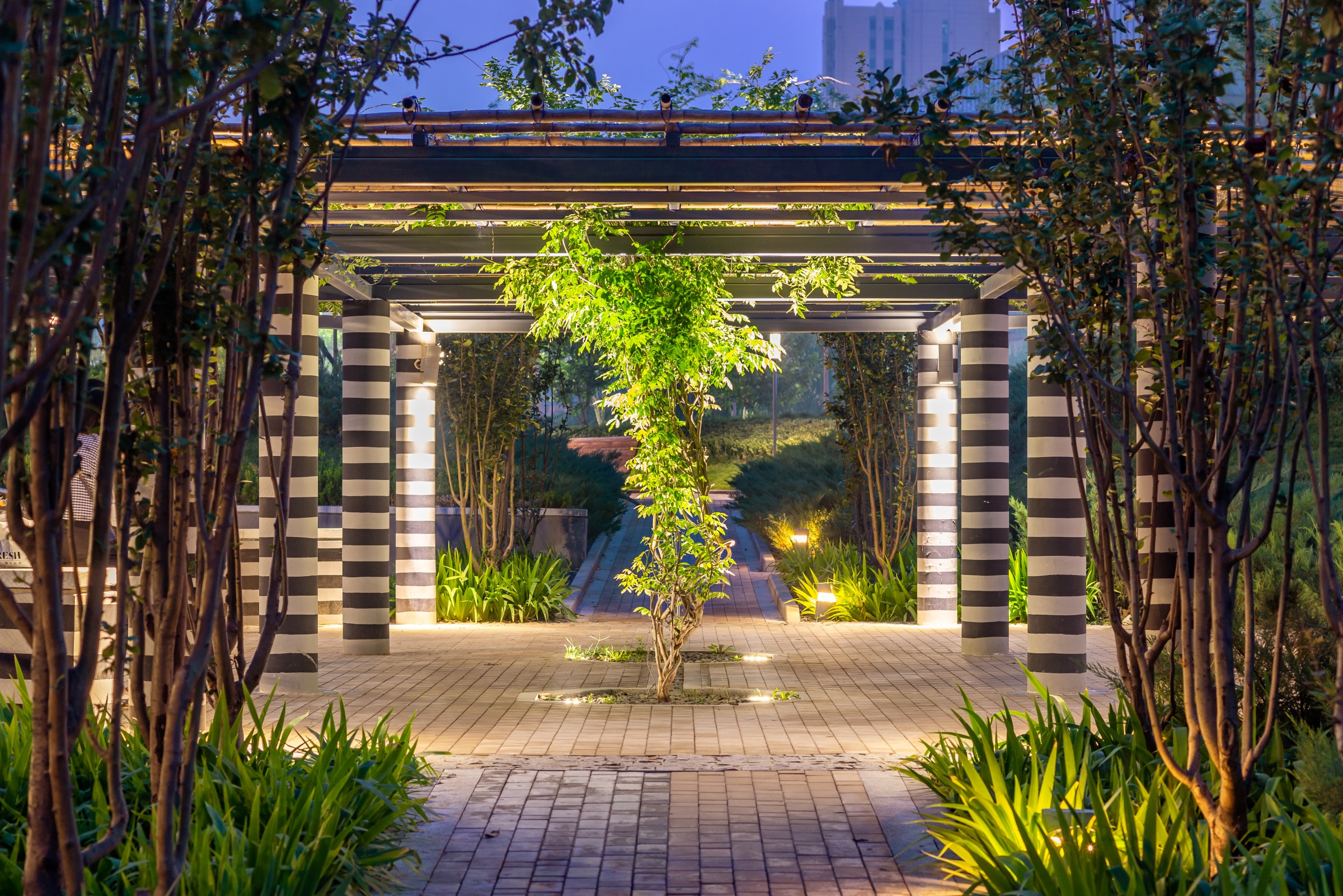
公园住户们与从周边骑车前来的居民们一起下棋、打乒乓球。随着公园的成熟,地铁和公园及骑行设施是否会吸引更多的公众来享受公园,还有待观察。
Residents of the houses opening onto the park play chess and Ping-Pong alongside those who have travelled by bike from the surrounding developments. It remains to be seen as the park matures if the subway and park and ride facilities will pull in an even broader public to enjoy the park.
▼公园内活动空间 Activity space in the park
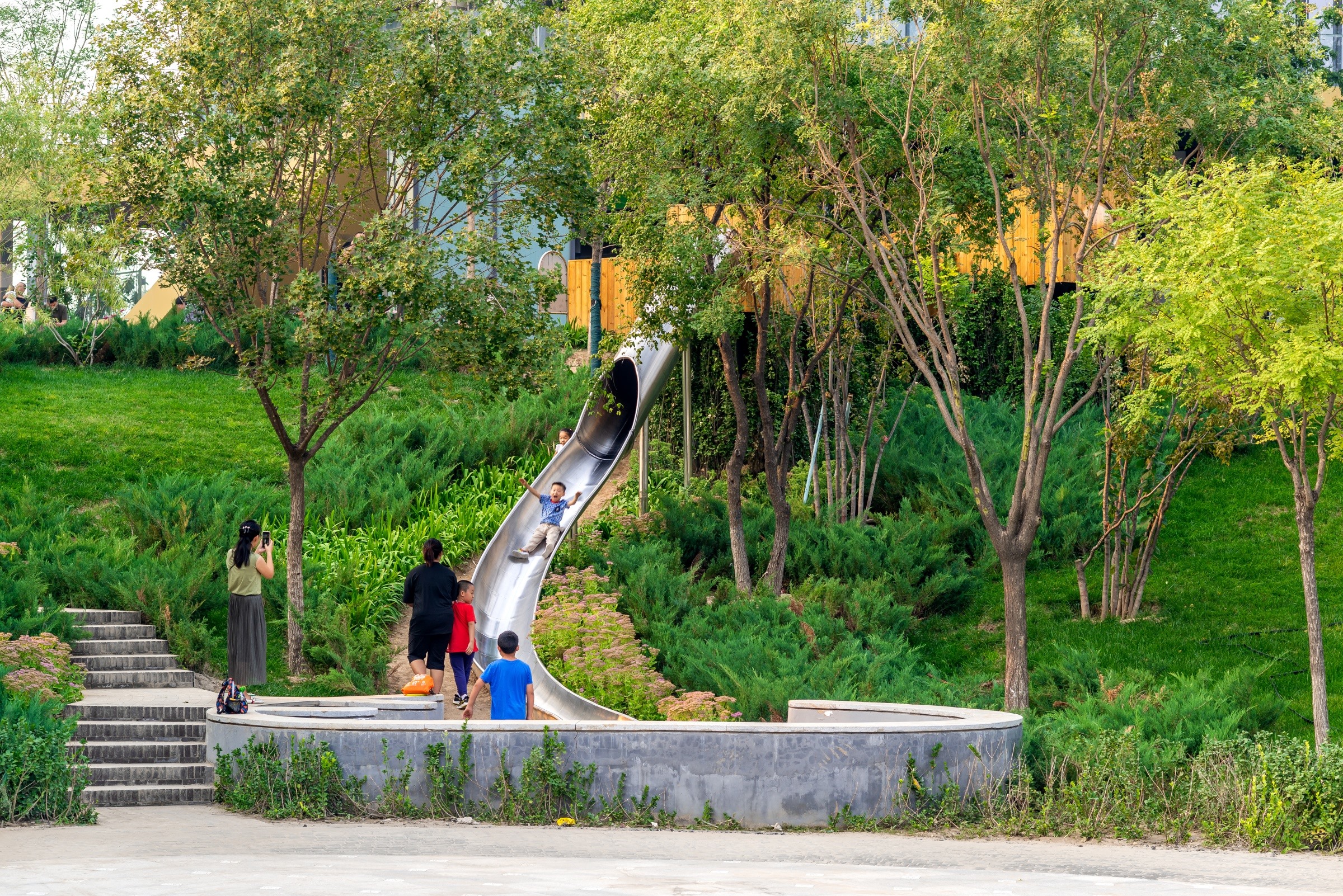
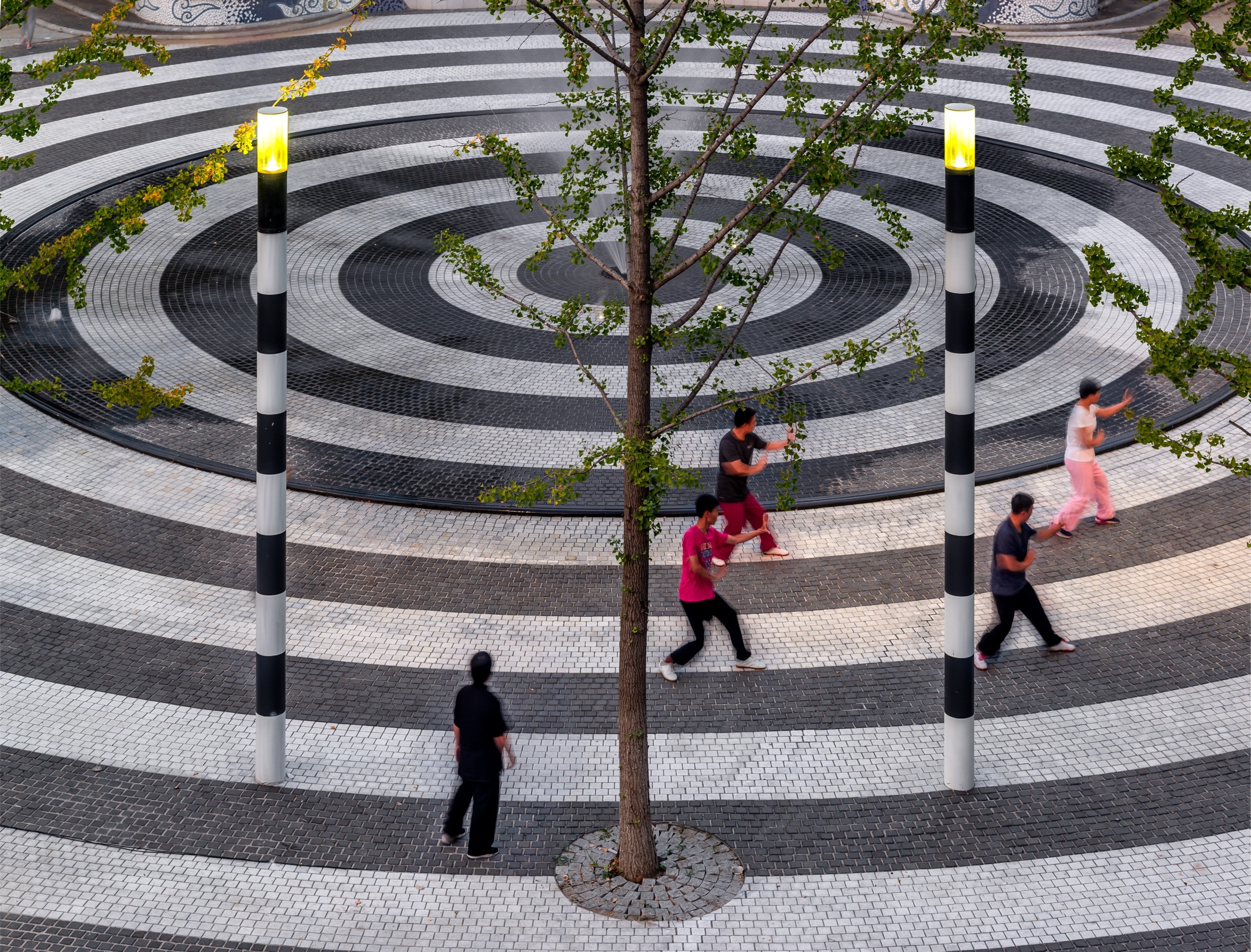
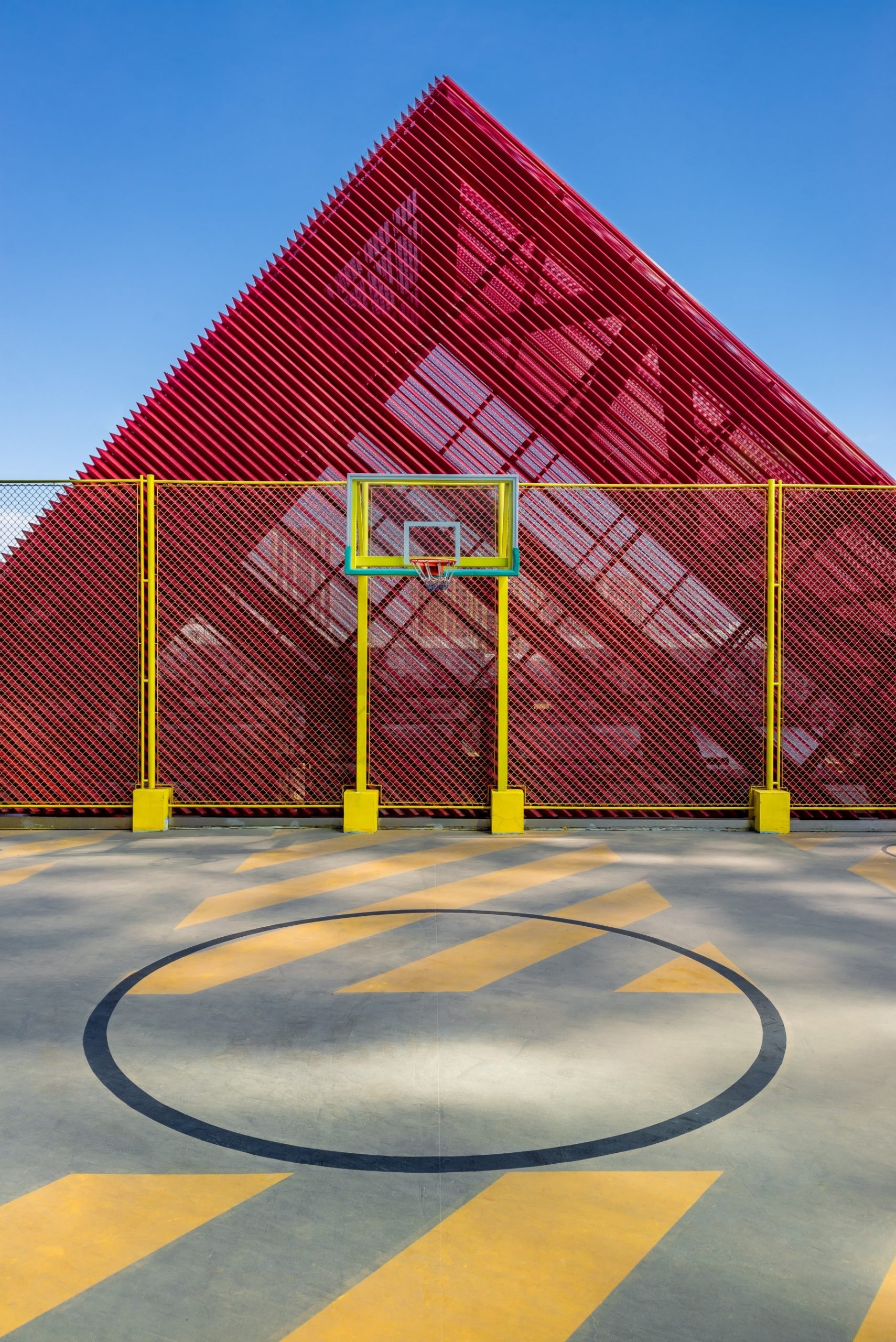
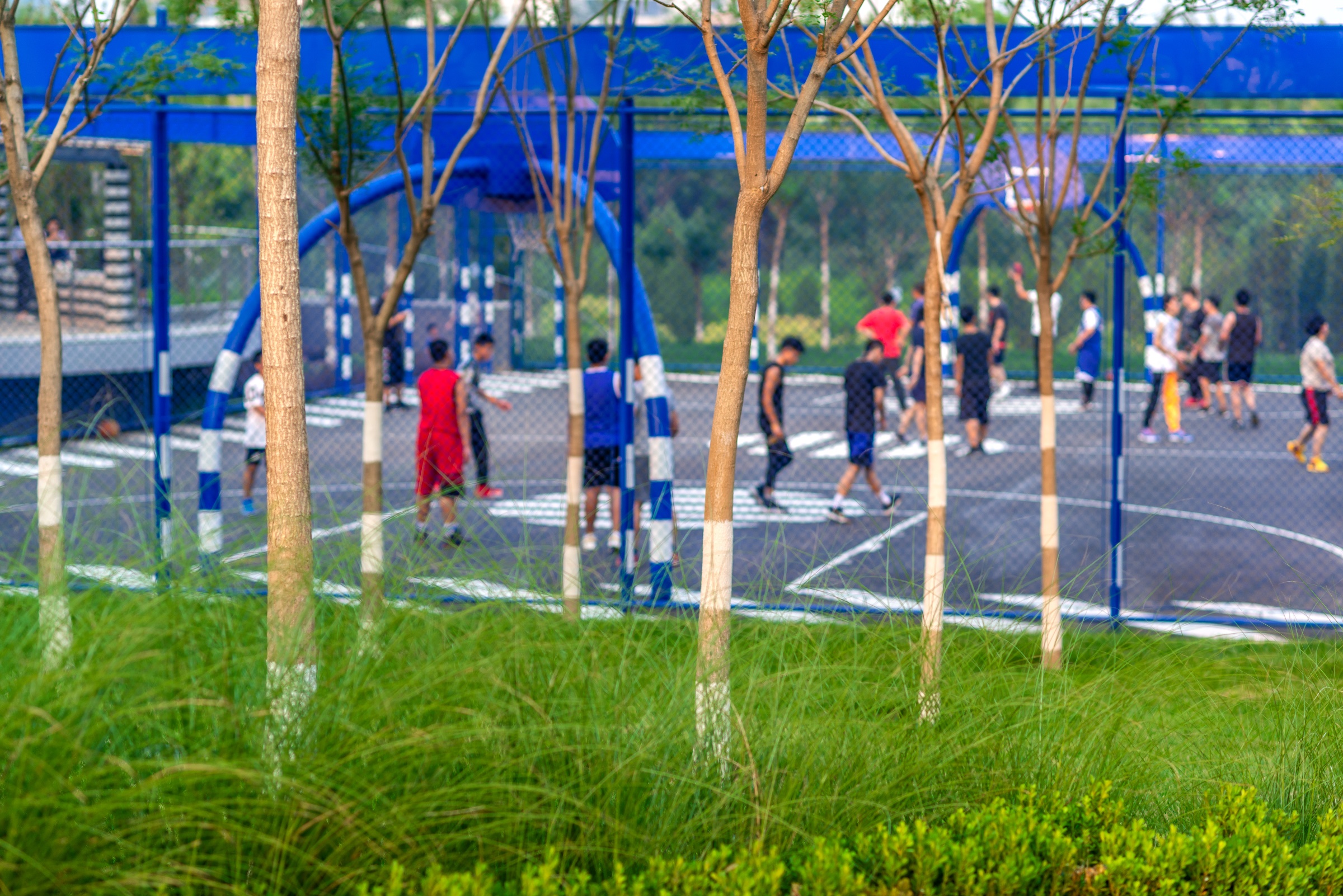
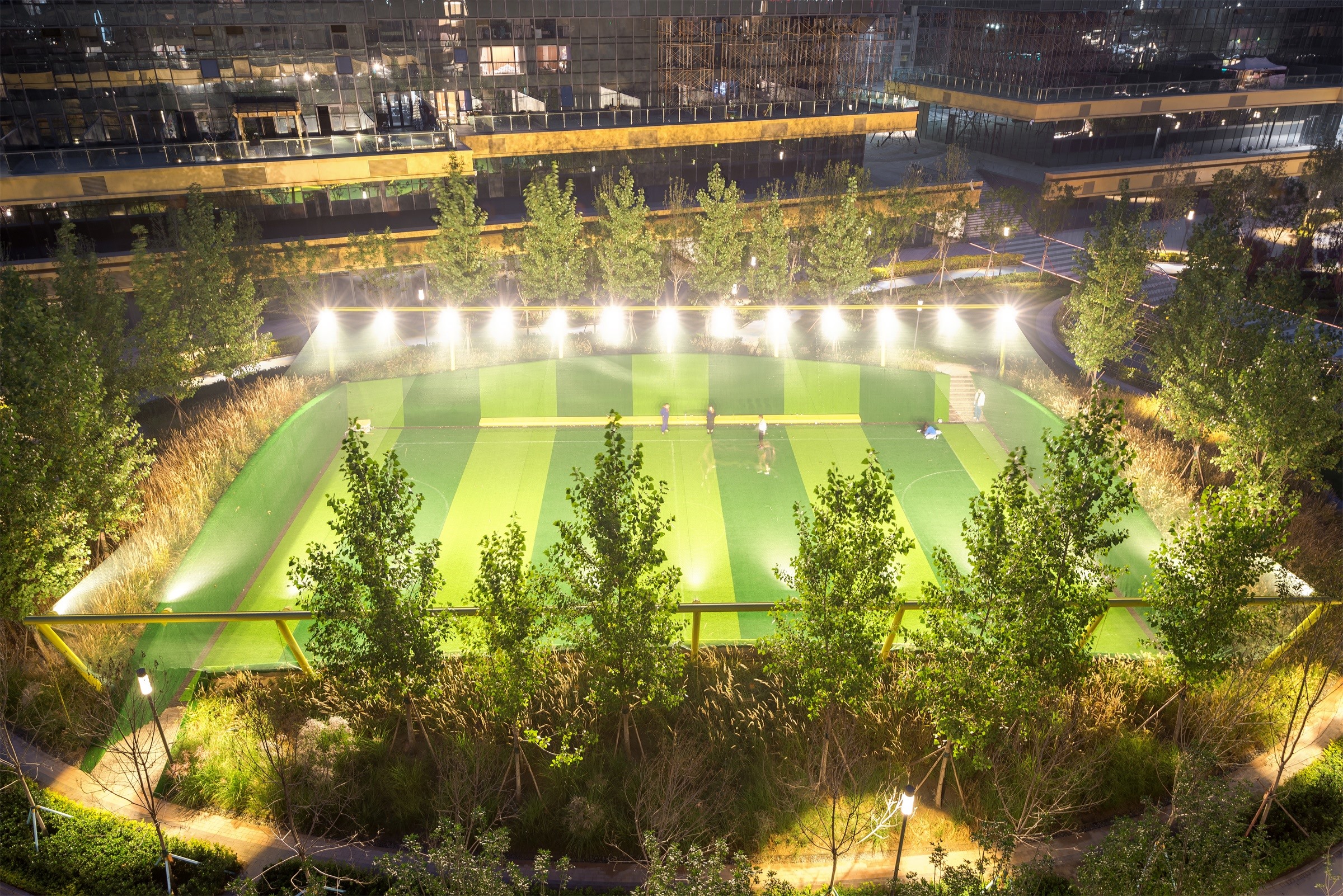
地点:中国北京
场地:13.9公顷
甲方:北京万科
施工:2016-2019
摄影:Nathaniel McMahon, Shu He, Amey Kandalgaonkar
Location: Beijing, China
Site Area: 13.9 ha
Client: Vanke Beijing 北京万科
Construction: 2016-2019
Photographer: Nathaniel McMahon, Shu He, Amey Kandalgaonkar
更多 Read more about: BAM百安木




0 Comments